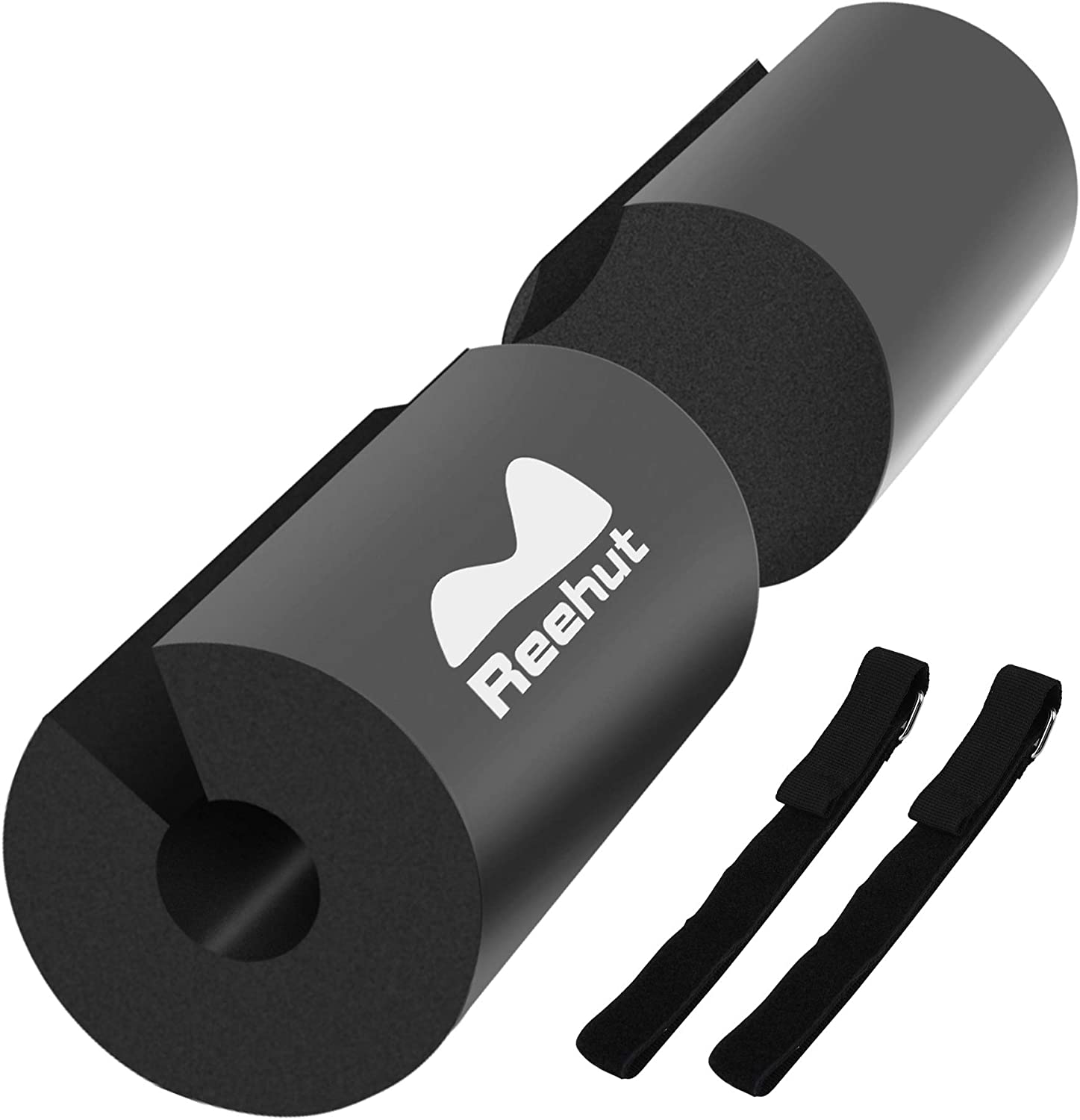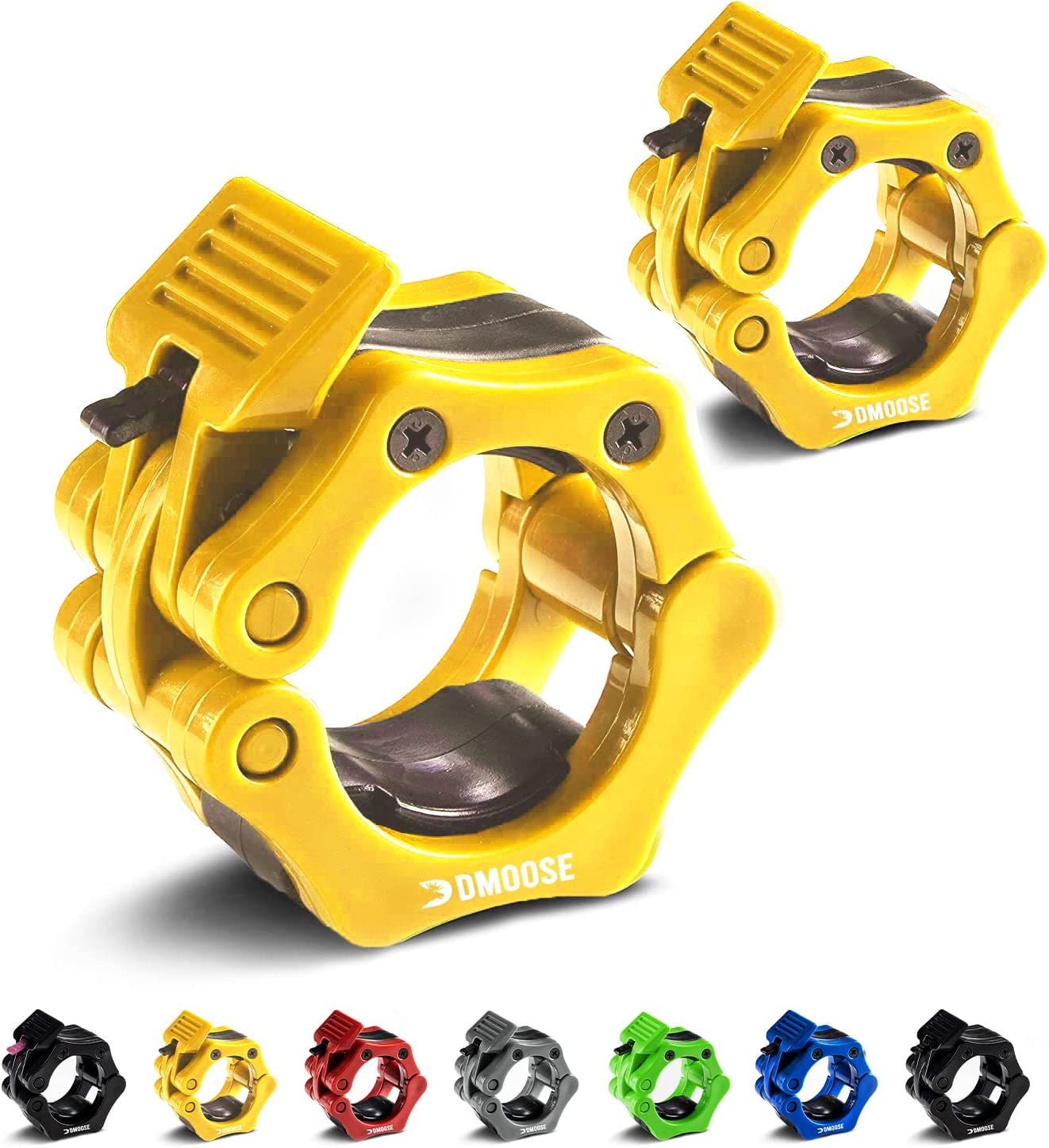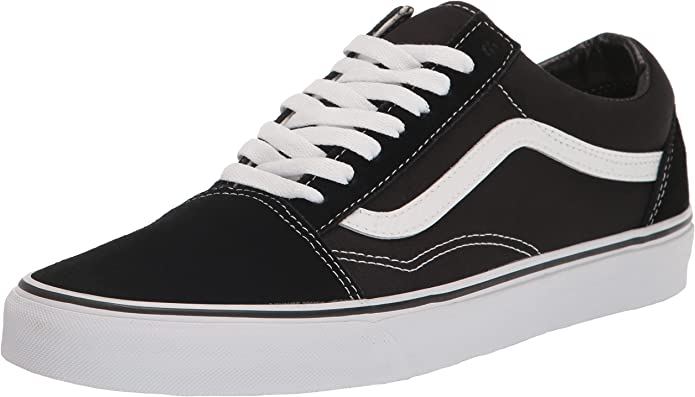I’ve come a long way since I first started weightlifting in 2018. But progress hasn’t always come easy. In my first year of consistent lifting, I’d only gotten up to 65 pounds on the squat rack. I knew I had to aim further, so I set an arbitrary goal of 135 pounds. (Mostly because my sister, who’d started weightlifting before me and got me onto the sport, had reached 135 pounds.) I wasn’t sure if I’d ever reach that weight, but I kept after it.
Then last month, I finally did it: two 45-pound plates and the barbell, which weighs an additional 45 pounds, meant I’d met my goal and set a new personal best of 135 pounds total. When I accomplished this weight, I felt a wave of relief. That’s because over the past five years, I’ve battled consistent hurdles like knee pain, injuries, and back spasms that kept me from making progress. Icing and rest definitely helped—as did consistent training, core exercises, and stretching. But I’d be lying if I said that was all I needed.
Since squatting puts a heavy load on my neck and back, I rely on four key pieces of equipment to get me through each rep. Not only do they keep me—and other lifters who use them—safe, these squat essentials stabilize my back and help me drive power from the ground up.
Lifting belt
When I squat heavier weights, my lifting belt is a must-have. “A lifting belt helps to stabilize and protect your back,” says personal trainer Sharon Gam, PhD, CSCS, owner of Sharon Gam Fitness in Orlando, Florida. To wear it, I tighten the belt with the bottom hovering just over my belly button. Afterwards, I take a deep breath and engage my core to push my core muscles against the belt. “That core tension is what creates a strong cylinder of activated muscle around your spine to keep it from experiencing too much strain,” says Dr. Gam.
Harbinger, Foam Core Belt — $28.00
Sizes available: S-XL
Made of a nylon and polyester blend, Harbinger’s Foam Core Belt features a long velcro strap and a low key, steel fastener, allowing me to tighten, fasten, and unfasten the belt in just seconds. Plus, it has a padded back that’s comfortable to wear and doesn’t dig into my skin.
Colors: 8
Barbell pad
While not required to squat, a barbell pad—a protective foam cover that’s placed in the middle of the barbell—can reduce unwanted pressure and strain on your neck. This pad can also be used for lunges and hip thrusts to relieve pressure on the hips.

Reehut, Squat Barbell Pad — $15.00
Made of thick and durable high-intensity foam, Reehut’s Squat Pad absorbs all of the shock and relieves pressure off of my neck, shoulders, and hips during squats, hip thrusts, and lunges. Also to love? The non-slip interior ensures that the pad will stay in place.
Barbell clips
After adjusting the squat rack to my height, I load 45-pound plates onto the barbell and fasten them with safety clips that lock to hold the weights in place. “If you lose your balance and tip the bar and the weights slide off, it can create a very serious danger to you and anyone standing nearby,” says Dr. Gam.
Flat shoes
While cushioned shoes may make for a better footwear choice on running days, they aren’t ideal for weightlifting. Dr. Gam says that when you’re attempting to lift a heavy weight, your feet should be flat on the floor. That’s because you need a steady base of support. Wearing a flat shoe allows you to push the weight through your big toe, heel, and the outside of your foot simultaneously. “The cushioning in many sneakers makes it hard to do that, and can actually make you slightly wobbly,” says Dr. Gam.
Also, when you’re pushing yourself upwards out of a squat, the force of your weight is rebounding from the floor to propel you up. So you want as much force to travel between your body and the floor as possible, says Dr. Gam, and cushioned shoes will absorb some of that force.
Our editors independently select these products. Making a purchase through our links may earn Well+Good a commission.


